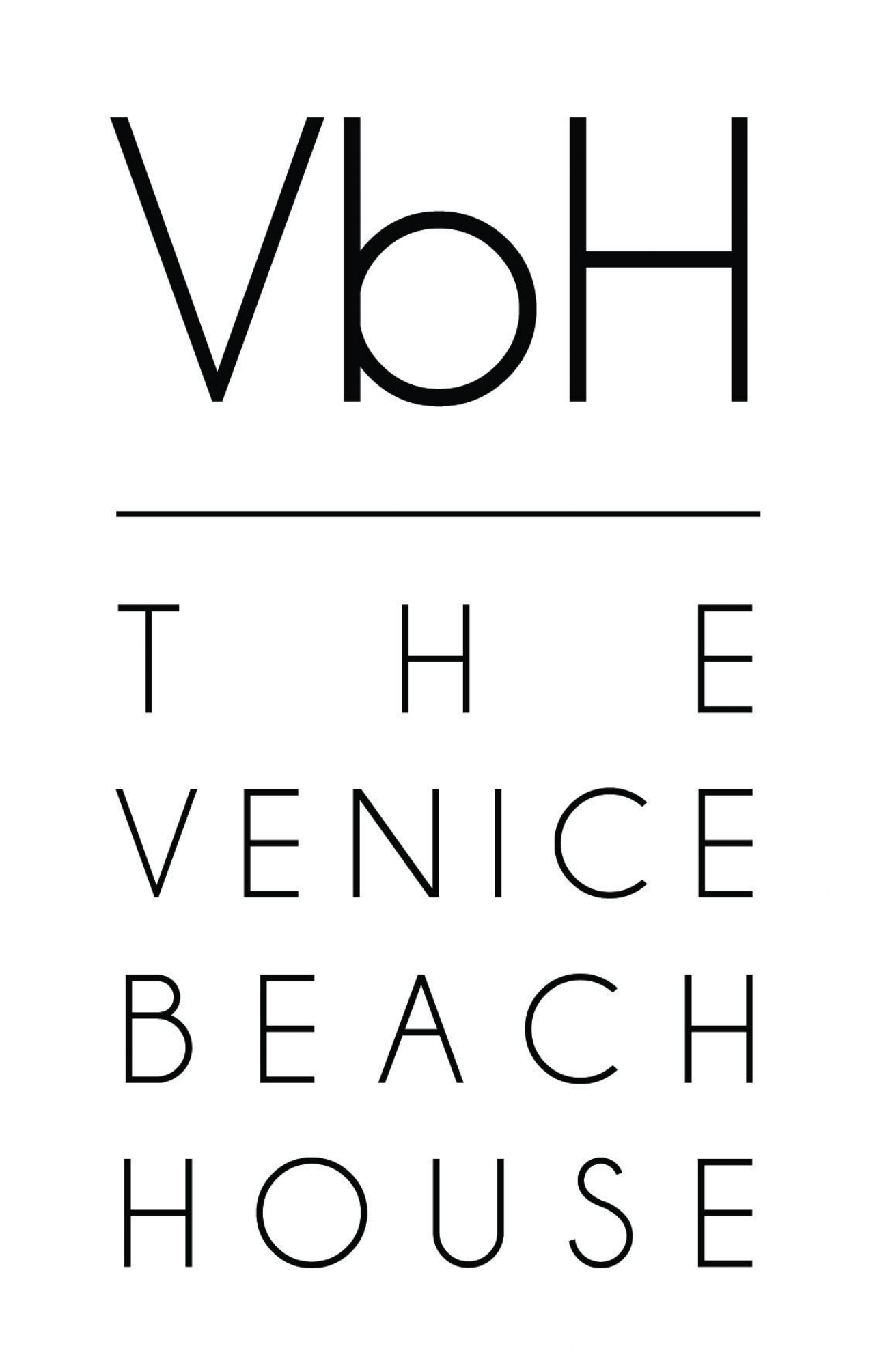Exploring the Rich History of Santa Monica, CA
Planning a trip to the beautiful city of Santa Monica, California? You're in for a treat. Beyond the pristine beaches and swaying palm trees lies a fascinating tapestry of history that's waiting to be unraveled. In this article, we're diving headfirst into the past of Santa Monica, our Venice Beach neighbor, sharing the stories and secrets that have shaped this stunning coastal haven.
Santa Monica's history begins long before it was a popular tourist destination. The land was originally inhabited by the Tongva people, a Native American tribe whose history here stretches back thousands of years. Imagine standing on the same shores where they once fished, gathered, and lived in harmony with nature.
As you stroll along Santa Monica's coastline, take a moment to reflect on this rich heritage. The Tongva's presence still lingers in the city's name, with "Santa Monica" believed to be derived from the Catholic mission Santa Monica, which was named after Saint Monica, an early Christian saint.
Fast forward to the late 18th century, and you'll find Spanish explorers like Gaspar de Portolà and Juan Crespí making their mark along the California coast. These brave souls established a trail known as El Camino Real, connecting the various Spanish missions and presidios. Santa Monica's proximity to this trail made it a significant location, and in 1822, the land was granted to Francisco Marquez, marking the city's first foray into Spanish rule.
In the 1830s, Santa Monica experienced a shift in ownership as it became part of Rancho Boca de Santa Monica. The city's landscape began to evolve, with sprawling ranchos and farming activities taking center stage. The land was used primarily for cattle grazing, but even then, the allure of the pristine coastline was impossible to ignore.
Santa Monica truly blossomed during the mid-19th century, when the California Gold Rush brought droves of fortune seekers to the region. The city's proximity to Los Angeles and its burgeoning status as a beach destination prompted the establishment of the Los Angeles and Independence Railroad in 1875, connecting Santa Monica to downtown Los Angeles. This was a game-changer for the city, making it accessible for tourists and businesses alike.
Imagine the excitement of those first passengers as they embarked on a scenic train journey to the beach! The arrival of the railroad transformed Santa Monica from a quiet ranching community into a bustling seaside resort.
While we're talking about Santa Monica's transformation, we can't ignore the crowning jewel of this coastal city: the Santa Monica Pier. It opened in 1909 and quickly became a hub for entertainment and leisure. The original pier featured an amusement park, complete with a carousel and a roller coaster, offering endless fun against the backdrop of the Pacific Ocean.
Today, the pier stands as a living testament to the city's rich history. You can still enjoy the Ferris wheel, arcade games, and street performers while taking in the stunning views of the coastline. It's a piece of history that's very much alive.
If you've ever dreamed of an all-American road trip, you've probably heard of Route 66, often referred to as the "Main Street of America." Well, guess what? Santa Monica marks the western terminus of this iconic highway. It's the place where countless travelers completed their cross-country journeys, dipping their toes into the Pacific Ocean as a symbol of their accomplishment.
As you stand at the official "End of the Trail" sign at the Santa Monica Pier, you can't help but feel a connection to the countless souls who traversed this famous route, seeking adventure and new beginnings.
Santa Monica's beach culture isn't just a contemporary phenomenon; it has deep roots in the city's history. In the early 20th century, it was a hub for beach sports and physical culture, with iconic events like the Los Angeles Athletic Club's annual "Olympics."
The city also played a significant role in the development of modern surfing. Santa Monica local and legendary waterman, George Freeth, introduced the sport to Californians in the early 1900s. His legacy lives on in the surfers who continue to ride the waves off Santa Monica's shores.
As you explore the city's history, you'll discover the iconic Santa Monica Civic Auditorium. This architectural gem was completed in 1958 and quickly gained fame as a venue for concerts, award shows, and cultural events. It hosted the Academy Awards in the 1960s, leaving an indelible mark on the city's entertainment legacy.
Today, the Civic Auditorium remains a vital part of Santa Monica's cultural scene, with concerts, exhibitions, and community events regularly taking place within its walls.
Santa Monica's transition into the modern era saw it become a thriving urban center while retaining its coastal charm. The city's commitment to sustainability and innovation is evident in its bike-friendly infrastructure, green spaces, and progressive urban planning. It's a place where history seamlessly intertwines with forward-thinking values.
So, as you explore the streets of Santa Monica today, take a moment to appreciate the layers of history beneath your feet. The city's past, from Native American roots to the arrival of Spanish explorers, the Gold Rush, the birth of Route 66, and the evolution of beach culture, all contribute to the unique tapestry of this coastal gem.
In Santa Monica, the past is alive and well, coexisting harmoniously with the vibrant present. It's a place where you can immerse yourself in history, walk in the footsteps of pioneers, and celebrate the enduring spirit of a city that has stood the test of time. Enjoy your journey through Santa Monica's rich history, and don't forget to take a moment to savor the breathtaking views of the Pacific Ocean. It’s not too far from our Venice Beach hotel and you'll be in for a memorable experience in a city that has so much to offer.

